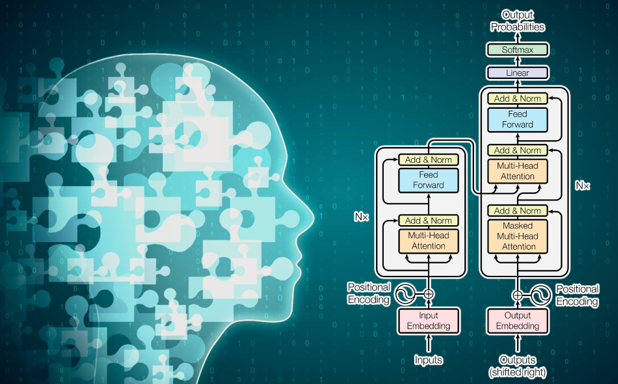Large language models, powered by cutting-edge AI, are transforming education. These models can assist in tasks like automated grading, personalized content recommendations, and even helping educators create engaging materials.
When integrated with student information systems, they enable data-driven insights that enhance learning outcomes, making education more efficient and effective.
 In artificial intelligence, breakthroughs often come in the form of new technologies. We should understand what computers can achieve through this. However, a paradigm-changing innovation has been the advent of large language models. It is taking the world by storm with its extraordinary ability to understand and create human-like text.
In artificial intelligence, breakthroughs often come in the form of new technologies. We should understand what computers can achieve through this. However, a paradigm-changing innovation has been the advent of large language models. It is taking the world by storm with its extraordinary ability to understand and create human-like text.
For example: OpenAI’s GPT-3. Represents a combination of advanced machine-learning techniques and massive computing power. Let’s explore the fascinating world of large language models. In this article, I will mention how machine learning techniques work. You should read till the end to learn about large language models.
Defining Large Language Models
At their core, large language models are AI systems designed to comprehend and generate human language. They are a subset of a broader category of machine learning models known as transformers. Transformers leverage attention mechanisms to weigh the significance of different words in a sentence relative to one another, enabling them to capture contextual relationships effectively.
What sets large language models apart is their sheer scale — they are composed of tens or even hundreds of billions of parameters (the learnable components of the model), allowing them to encapsulate an unprecedented amount of linguistic knowledge.
How Large Language Models Work?
The foundation of large language models is pre-training and fine-tuning. Pre-training involves exposing the model to vast amounts of text data, enabling it to learn grammar, semantics, and even world knowledge. During this phase, the model learns to predict the next word in a sentence, capturing patterns and nuances from the data. This initial learning imbues the model with a broad understanding of language.
Fine-tuning, on the other hand, refines the pre-trained model for specific tasks. Models are fine-tuned on narrower datasets with labeled examples, enabling them to specialize in tasks like translation, summarization, question answering, and more. The combination of pre-training and fine-tuning endows these models with the ability to perform a wide array of language-related tasks with astounding accuracy.
Read Also: The Rise of AI: Transforming Business and Daily Life
Unleashing Potential
The potential applications of large language models are virtually limitless. One of the most transformative aspects is natural language understanding. These models can comprehend context, tone, and even subtleties in human language, making them invaluable for sentiment analysis, content recommendation, and chatbots that provide more human-like interactions.
Moreover, large language models are revolutionizing content creation. They can assist writers by generating drafts, suggesting improvements, and even emulating the writing style of famous authors. This paves the way for a new era of AI-augmented creativity.
In the realm of education, these models offer personalized learning experiences. They can adapt their teaching style to individual students, answer questions, and provide explanations. Language barriers are also crumbling as these models enable real-time translation and interpretation.
Ethical Considerations
While large language models hold immense promise, they also raise ethical concerns. The data used to train these models may contain biases present in society, which can be inadvertently perpetuated in their outputs. Additionally, the potential for generating misleading or fake information has ignited debates about misinformation and authenticity.
The Road Ahead
The evolution of large language models is a testament to the rapid progress of AI. As these models continue to advance, they are likely to become more efficient and capable, opening doors to even more diverse applications. Researchers are actively working on reducing biases and enhancing the interpretability of these models, addressing some of the ethical concerns.
Last words
A breakthrough in large language models. It has reshaped the artificial intelligence landscape. Large language models have been developed to understand human language. Their ability to manipulate it has the potential to revolutionize industries from content creation to education and beyond. The positive impact these models can have on society is undeniable. As we move forward, harness the full power of the large language model for the betterment of humanity. Contributes significantly to maintaining a balance between innovation and ethics.







